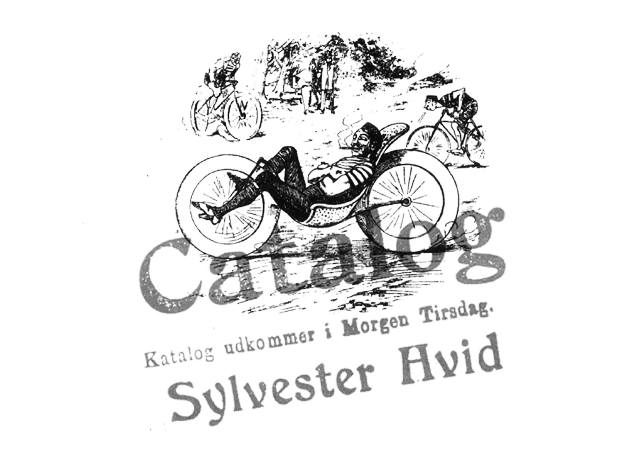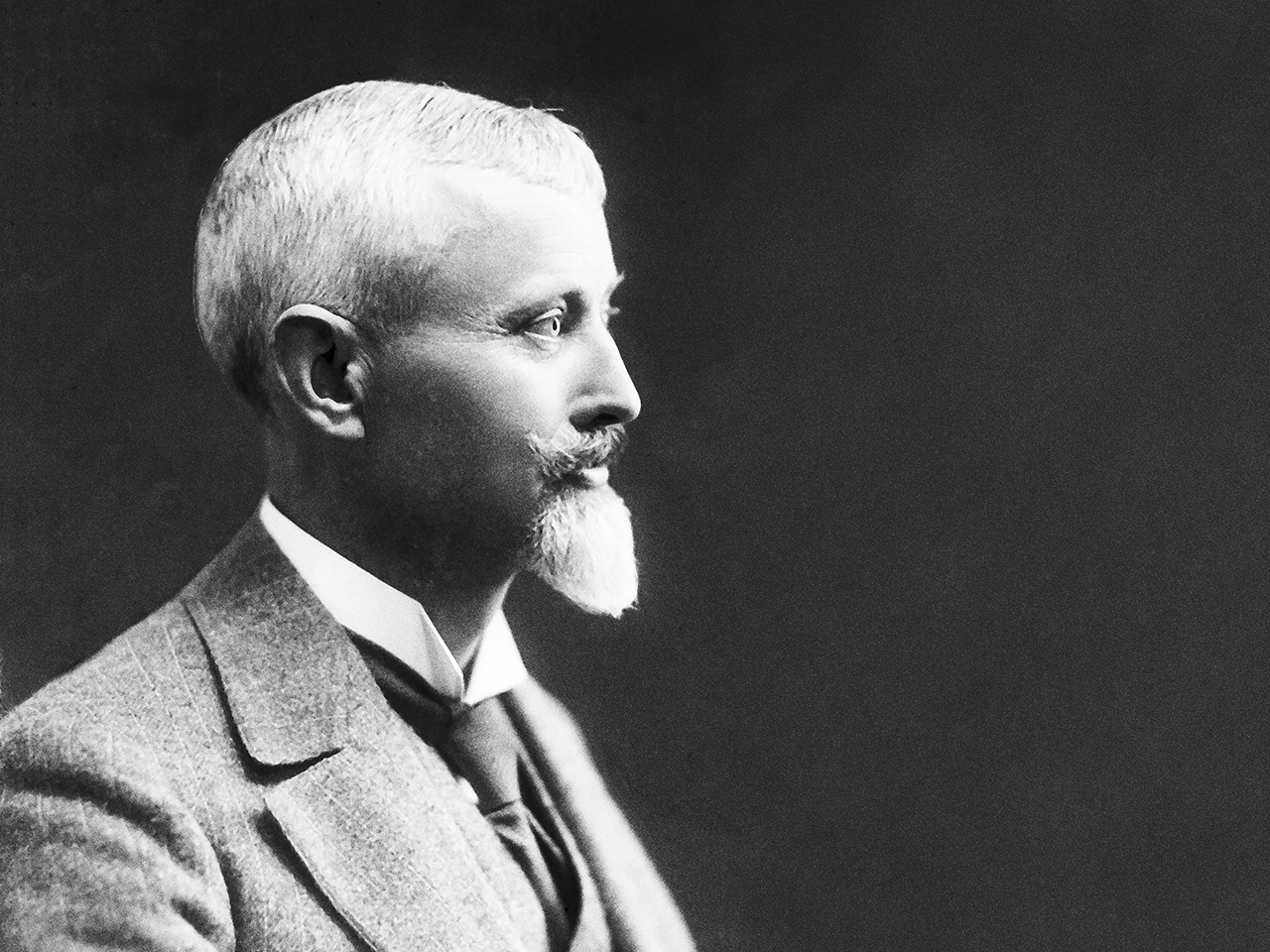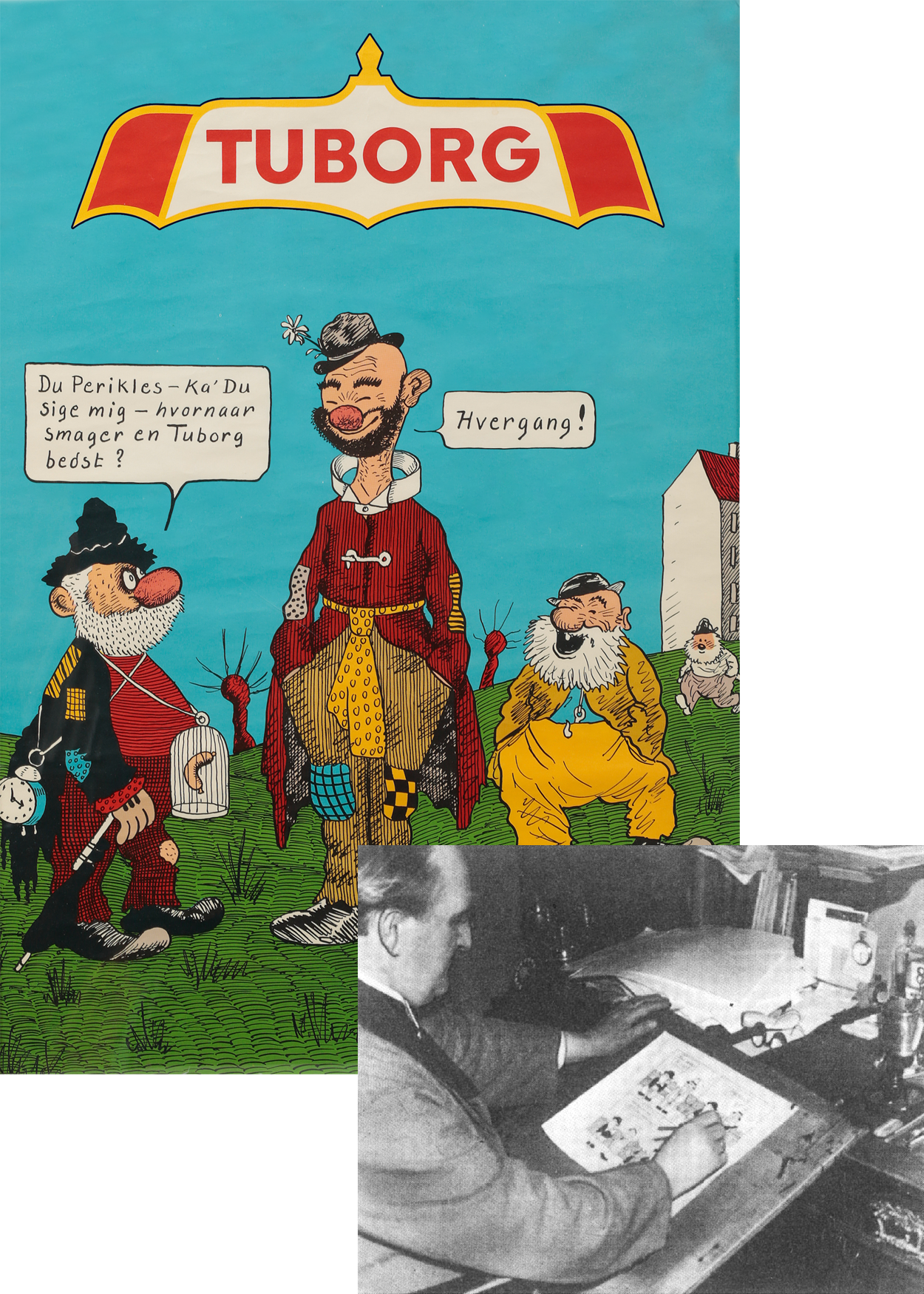The birth of
an industry

1899
In 1899, business was slow for the young bicycle dealer Jens Sylvester-Hvid in his Copenhagen bike shop. Cycling was something radical new and bicycles not yet accepted as a means of transportation. Jens Sylvester-Hvid was inspired by the evolution in the United States where the new phenomenon “advertising” was already blooming and he quickly taught himself the techniques to push the sales of bicycles.
As it turned out, Jens Sylvester-Hvid was a natural advertising man, and the real breakthrough came when he printed 50,000 copies of his hand drawn bicycle catalog and distributed it door-to-door all over Copenhagen. Well supported by public relations initiatives, he and his bicycles became talk of the town.
Customers flocked from all over town - and not only for the bikes. Businessmen turned to Jens Sylvester-Hvid for help to market their products and services and thus, the germ for Denmark's first communications agency was sowed. Reklamebureauet A/S ("The Ad Agency") was founded on October 14, 1899. Shortly afterwards, the agency was renamed Sylvester Hvid & Co.
From day one, the agency offered creative full-service solutions. A strategy that has proved successful ever since. To this day, Sylvester Hvid & Co. is still based on a full-service marketing approach.


